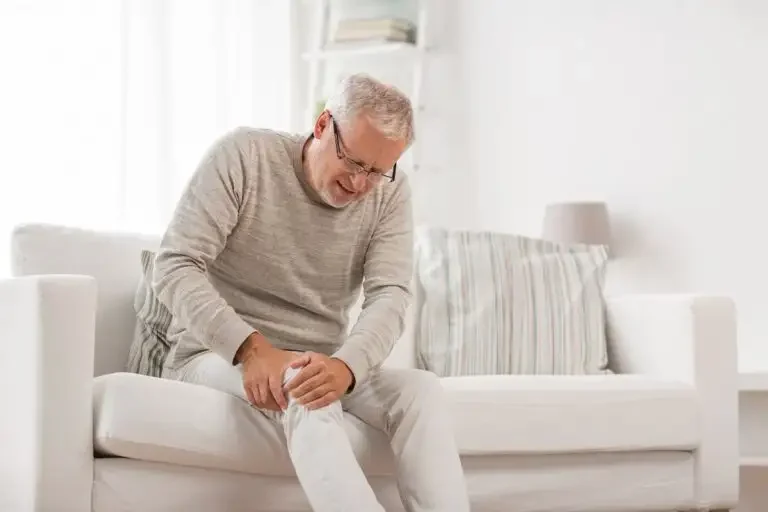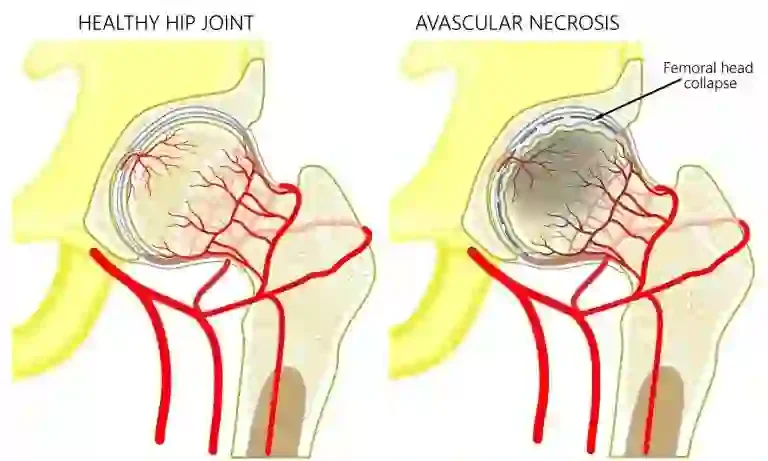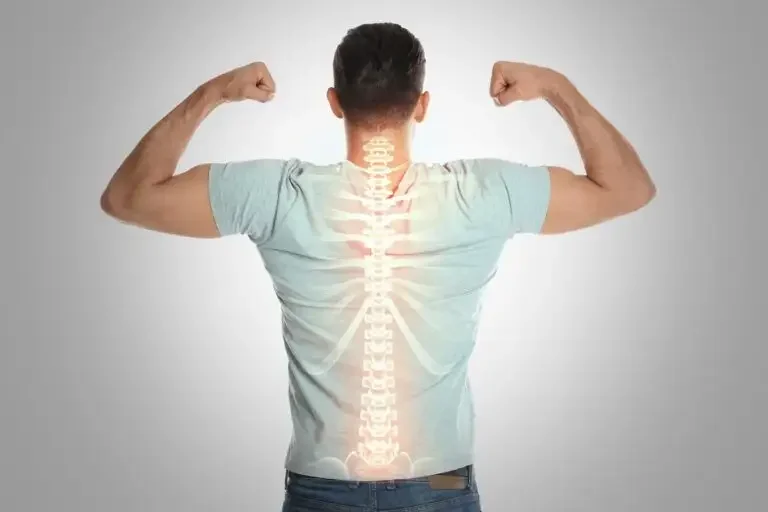Have you experienced a time when every time you stood at the bottom of the steps and looked up thinking it was a physical endurance test to climb those stairs?
Each step causes excruciating pain or extreme discomfort in the knees no matter how slowly or carefully you climb.
The pain, which started in his right knee, now affected his left?
Has knee pain ever caused you or a loved one to avoid activities?
The reasons could be many. It may be due to damaged cartilage in your knee. The damage could be reversible (chondromalacia) or irreversible (arthritic)
Why Does Your Knee Hurt When You Climb the Stairs?
To answer that question, let’s review the mechanics of knee movement.

Your knee joins three major bones: your thigh bone (femur), your shin bone (tibia), and your kneecap (patella). All three bones along with their associated ligaments and muscles must work in unison to support your weight and allow fluid leg movement.
With each bend, the patella, a free-floating bone, slides over the femur in the trochlear groove. The articular cartilage keeps your kneecap in position as it cushions and lubricates the joint, so the bones glide against one another.
Damaged cartilage may not cause pain when you walk, especially if it affects the knee cap cartilage in isolation. Running, deep knee bends, squats or climbing stairs subjects the knee to additional stress and the pain increases. These types of motions force the kneecap to slide up and down. Worn cartilage cannot keep the kneecap in the groove when the knee is under pressure. As the kneecap slips out of position, it causes pain.
How is Knee Cartilage Damaged?
- Knee cartilage fails for many reasons.
- Accidents
- Knee injury playing sports professionally or recreationally
- Genetic deformities
- Overuse and
- Age-related degeneration or deranged muscle mechanics.
Fractured bones or injured muscles can cause an imbalance of strength in the leg and pull the kneecap to one side of the groove or another. The added stress can cause misalignment and pain.
Overuse injuries cause damage to the cartilage, especially in young athletes. Growing bones and excessive stress create a recipe for a chronic condition.
Prolonged knee pain after activity indicates a more serious condition than normal muscle soreness from a strenuous workout. If you experience knee pain after working out, playing sports, or any strenuous activity that does not diminish in 72 hours, you may need medical attention.
Genetic deformities and age are risk factors that cannot be modified but there are some things you can do to avoid the progression of your symptoms or delay damaging the cartilage.
What is the Most Appropriate Treatment for a Runner’s Knee?
The best way to avoid chondromalacia is to maintain the correct alignment of the kneecap and minimize wear and tear of the cartilage.
Step 1: Develop strong and balanced leg muscles above and below the knee. These muscles support and stabilize the patella to keep it in the trochlear groove.
Please remember that the muscles at the front of the leg act in opposition against the hamstrings to bend and straighten the knee. As one muscle contracts or gets shorter, the other muscle lengthens. An imbalance of strength can pull the kneecap out of position.
Step 2: Assess your posture and the alignment of your feet and legs. Here are three tips to remember.
- Align your knee over your second toe.
- Don’t lead with your foot, lead with your body. Lean your torso forward to redistribute the force of your weight from the knee to the hamstrings at the back of the thigh.
- Plant the heel of your foot on the next step before you step up with your whole body.
Repeat the steps for each stair you climb.
If your knee pain increases or lasts for more than two weeks, it’s time to contact your orthopedic specialist.
Please note – Continuing to walk on a sore knee can cause significant internal damage to the tendons and ligaments inside your knee.
Dr. Mohit M Kukreja
Consultant – Orthopedic Surgeon
Wockhardt Hospitals, Mumbai Central












